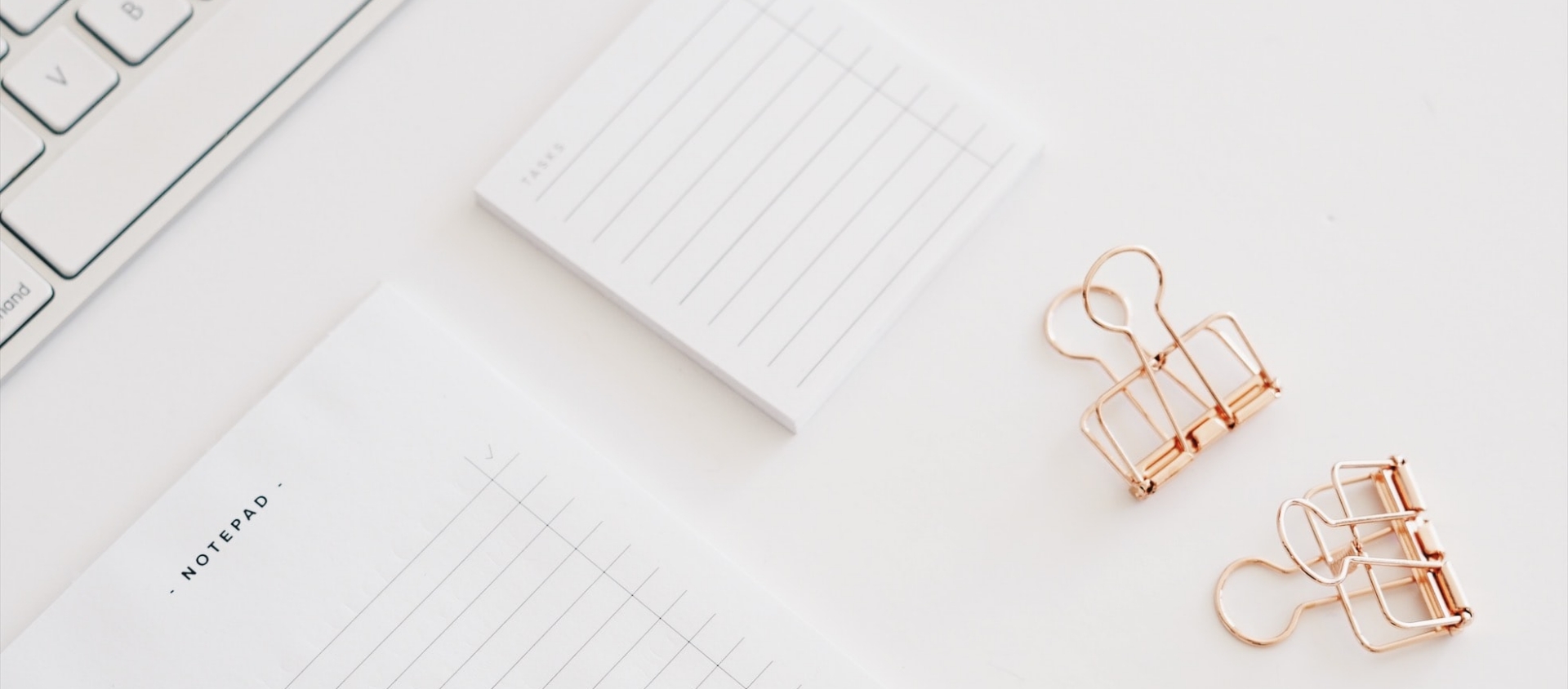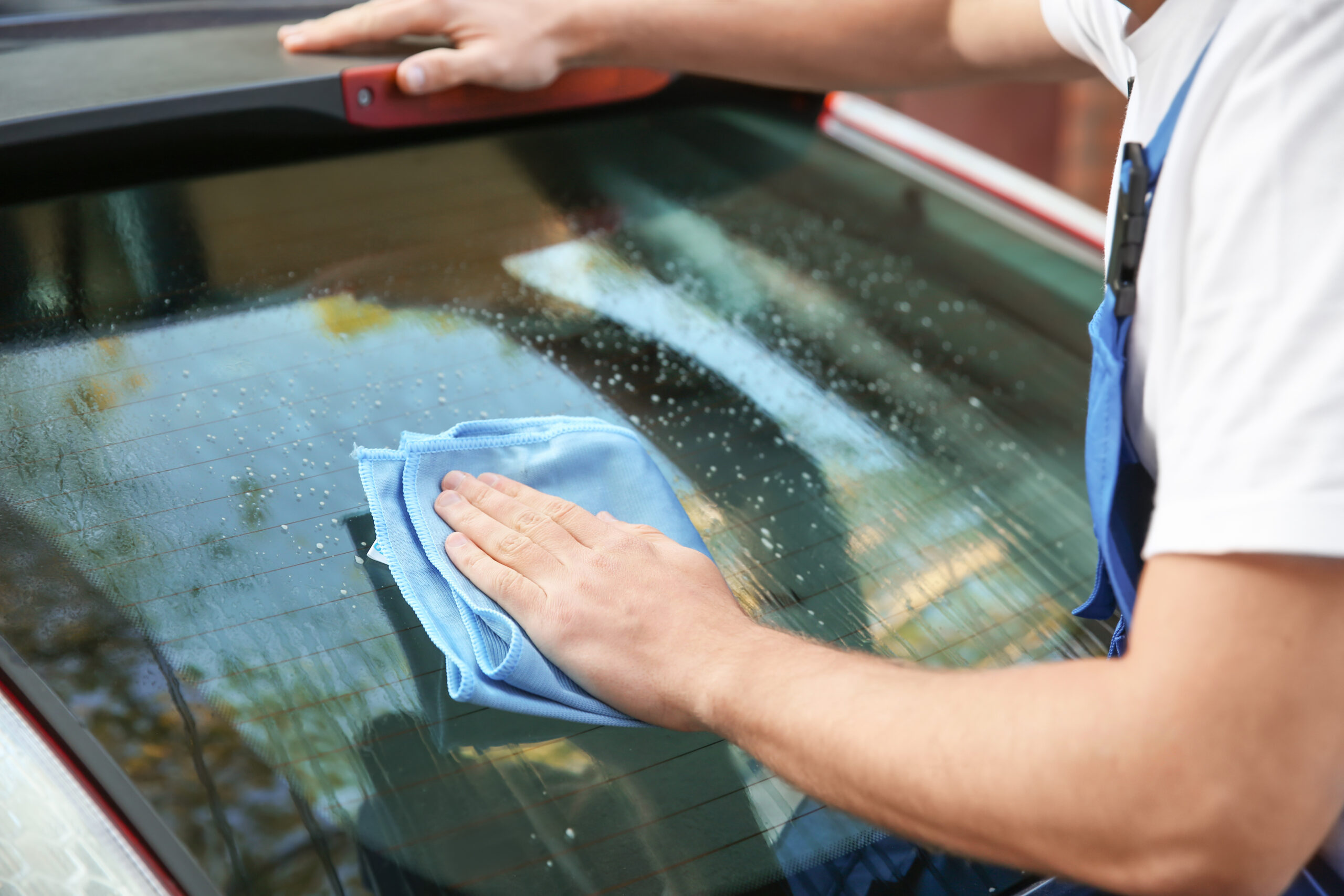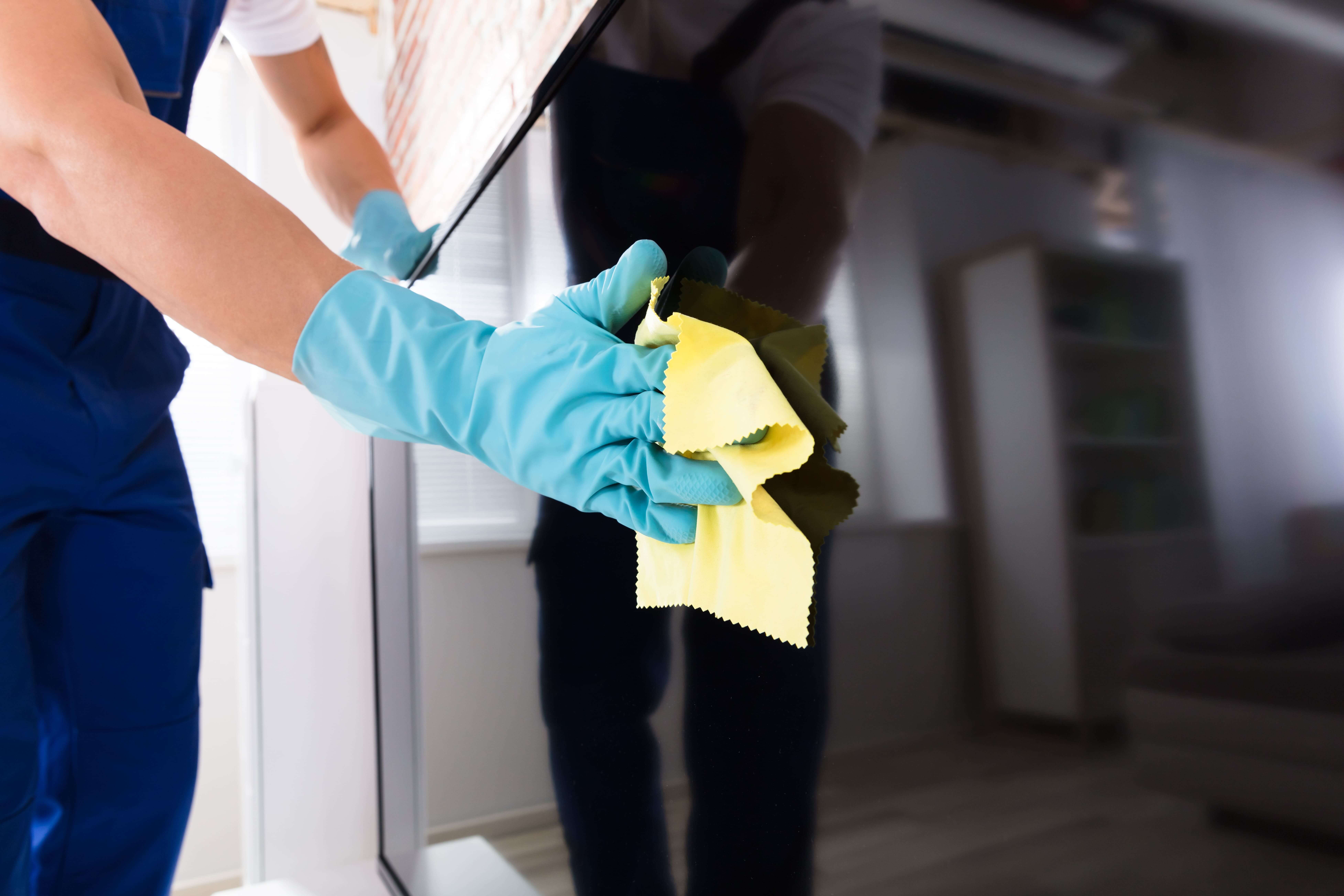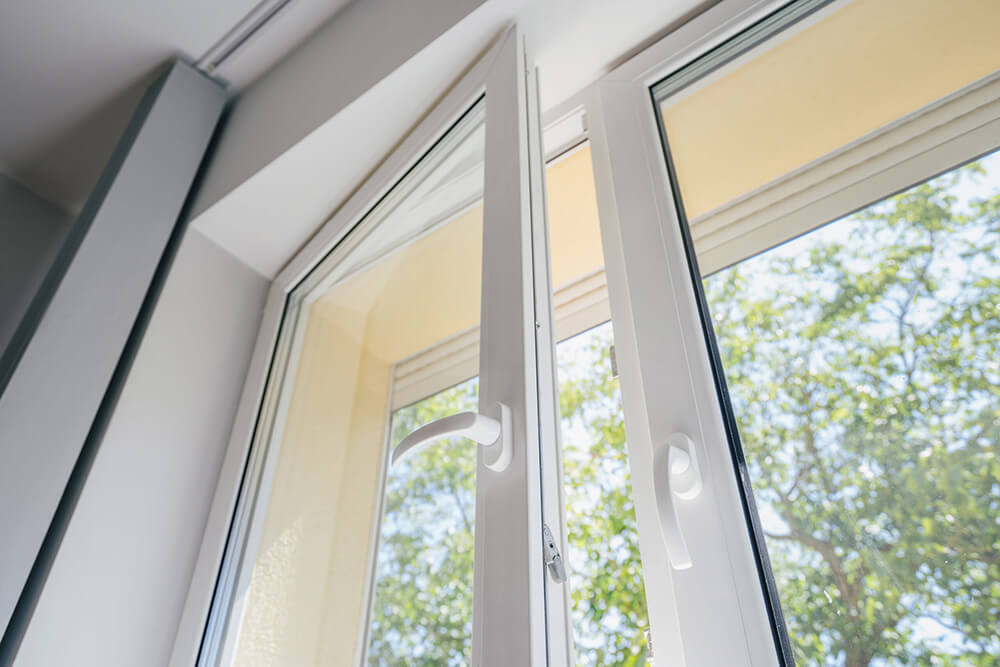What Should You Not Do When Pressure Washing?
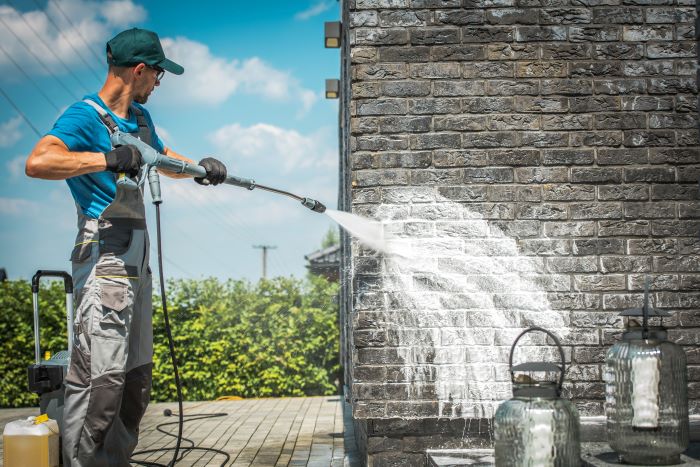


Pressure washing is one of the most effective ways of cleaning siding, roofing, driveways, walkways, patios, and more. Unfortunately, pressure washing is dangerous, and if you don’t know essential pressure washing secrets, you’ll harm your working surface or yourself before you finish your cleaning project. That’s why you should know these professional pressure washing tips, including what not to do while cleaning with a pressure washer.
What Should You Not Do When Pressure Washing?
Before you worry about pressure washing tips for concrete or other surfaces, begin by learning what not to do when using a pressure washer. Learning what not to do will keep you safe and help you avoid serious mistakes.
Do Not Clean Without Safety Gear
The stream from a pressure washer can make you blind, cut through your toes and harm you in any number of serious ways. That’s why you should always wear a face shield, closed-toe shoes, long sleeves, and protective clothing that keeps your skin from being exposed to intense water streams as you clean. Never clean in shorts and a T-shirt for your own protection.
Do Not Operate Your Washer with A Nozzle That’s Too Aggressive
Whenever cleaning an unfamiliar surface, start with a less aggressive nozzle to avoid doing damage. A 40-degree nozzle won’t damage softwood, aluminum, vinyl, and painted surfaces. You can step up to a 25-degree nozzle for most vinyl siding, stucco, aluminum siding, and gutters and eaves. For tough concrete, brick, and most driveways, you can use a 15-degree nozzle. Only use a 0-degree nozzle to spot clean seriously tough spots on concrete, masonry, and brick, and know that you still risk damaging these surfaces.
Avoid Using Too Much Pressure On Your Surface
Just as the nozzle type matters, so does the pressure level. Start off around 1,500 PSI for soft materials like wood or vinyl siding and move up to 3,000 or 3,500 PSI for rugged surfaces only. One of the most useful pressure washing tips for concrete is to use more than 3,000 PSI for cleaning with an aggressive nozzle, but this tip won’t work with many other surfaces without causing major damage to them.
Never Pressure Wash Windows
The intense pressure from one of these washers will crack glass easily, and you should avoid cleaning windows with a pressure washer entirely. Instead, use a window squeegee for a perfect clean. You can pressure wash some windows with screens if you use a 40-degree nozzle and low pressure, but even then, you must be careful, and you may just want to remove the screens to avoid the risk of damaging your glass.
Do Not Operate a Gas Pressure Washer Indoors
Never operate any gas-powered equipment indoors. Proper ventilation is necessary, or you risk carbon monoxide poisoning.
Do Not Clean Siding at an Upward Angle
Avoid cleaning lapped siding in an upward direction, or you’ll spray water under the siding and damage the underlying surfaces of your home.
What Are the OSHA Regulations for Pressure Washing?
Pressure washing is dangerous, and you can easily lacerate your arms, legs, or other body parts without the right safety measures in place. That’s why it’s essential you follow OSHA guidelines when cleaning anything using a pressure washer.
The following guidelines are the minimum OSHA requirements
- Wear protective clothing that minimizes your skin exposed
- Use a full face shield when using more than 2,000 PSI of pressure
- Equip your hose with a 24-inch guard when using 3,200 PSI or more
- Use a 48-inch lance when pressure levels exceed 3,000 PSI
What Chemicals Are Used in Pressure Washing?
Using the proper pressure washing chemicals will give you the cleanest results while helping you avoid damage to the surfaces you clean. Always avoid running bleach directly through your pressure washer, and instead, use a soft wash solution such as Southeast Softwash Southern Drawl for effective cleaning performance. A good software solution will pick up dirt and debris properly when cleaning siding, roofing, and other surfaces.
If you must use bleach, mix a highly concentrated solution using water and sodium hypochlorite in a garden sprayer. Apply the solution in specific spots to remove mildew and mold, and hit the bleach spray with a bleach neutralizer when you’re finished to protect your home, equipment, and landscape.
For seriously tough stains and coatings, you can use an industrial-strength degreaser such as Big Dog to break down the coating. For rust issues, apply oxalic acid to the area before washing it away thoroughly.
There are few eco-friendly pressure washing chemicals, and if you want to remain as environmentally conscious as possible, you should use the highest pressure level and most aggressive nozzle without many cleaning chemicals when cleaning. You can also opt for a power washer for high-temperature cleaning without many chemicals for a more environmentally friendly option.
The Best Pressure Washing Chemicals for Concrete
Concrete is one of the toughest materials to clean properly because it’s hard and porous. Spray a high bleach concentration on problem areas, and use a surfactant on most of the surfaces you clean. Clean with a high-pressure level and a surface cleaner attachment, and you should attain excellent results when using the chemicals mentioned above.
What Is the Risk of Pressure Washing?
Pressure washing is the best way to quickly clean off many surfaces, but you can do major damage from power washing or pressure washing improperly. There are so many stories that mention things like “I accidentally power washed my foot and had to go to the hospital” that it’s essential you wear protective gear when cleaning.
A pressure washer will gouge wood and siding when using too much pressure or a nozzle that’s too harsh. The powerful spray from a pressure washer can blind someone that isn’t wearing eye protection, and running bleach through your machine will damage its components while forcing you to breathe in harmful chemicals as you clean.
How Long Should You Wait to Paint a House After Power Washing?
If you’re wondering, “Should I pressure wash my house before painting?” the answer is almost certainly yes because you’ll enjoy a cleaner final coat when you’ve properly cleaned off your home’s exterior. After you pressure wash or power wash, you must wait long enough for the surface to fully dry before painting. Wait between 24 hours and three days before painting your home to allow it to dry completely.
Pressure washing is a dangerous activity, and you must know what not to do before you begin using a pressure washer. Take the time to learn how to operate your equipment properly and safely before you start it, and you can avoid damaging yourself and your property.
Skip the Problems By Hiring Pressure Washing Pros
Stop worrying about what you should and shouldn’t do when pressure washing your home, and hire professionals to do the work for you. Pressure washing is difficult to get right, and it’s dangerous. Hire our team at S&K Building Services to skip the learning curve and get straight to pro-grade cleaning results.
Contact Us
FAQs
How much should I charge to pressure wash a driveway?
You should charge between $200 and $400 to pressure wash an average-sized driveway. That’s a driveway of about 650 square feet. Most professionals use a rate of $0.20 to $0.80 for driveway pressure cleaning services.
How much should I charge a square foot for pressure washing?
You should charge between $0.20 and $1.00 per square foot for pressure washing services. Charge near the high end for roofing and other difficult surfaces and closer to the low end for home siding and driveways.
How much does it cost to pressure wash a house?
It costs an average of $250 to $750 to pressure wash a 1,500-square-foot house. A 2,500-square-foot house would cost $500 to $1500 on average. If you have an irregularly sized home, you can multiply by between $0.20 and $0.60 per square foot for a cost range estimate.
How much does it cost to pressure wash a driveway per square foot?
It costs approximately $0.20 to $0.80 to pressure wash a driveway per square foot. Only heavily soiled driveways will cost near the upper end of that price range normally.
How much does it cost to pressure wash a 2,500 sq ft house?
It costs between $500 and $1,500 to pressure wash a 2,500-square-foot house. This range varies depending on how dirty the home is, how tall it is, and what company you’re working with.
What are the risks of starting a pressure washing business?
When starting a pressure washing business, you risk investing in equipment that will break down and fail and cause harm to the properties you are working on. You must be careful to maintain your equipment properly and always have insurance before working on someone’s property.
What are the pros and cons of pressure washing?
Pressure washing offers a deep clean that can be achieved quickly. Pressure washing also has the potential to damage the surface being cleaned and can cause more harm than good when done by an amateur using the wrong equipment or technique.
How do you quote pressure washing?
To quote pressure washing, begin by measuring the length and width of the area to be cleaned and calculating a surface area in square feet. From there, you multiply your total area by an estimated pressure washing price per square foot to get the cleaning quote amount.
Ready to Get Started?
S&K is ready to get to work for you! A member of our team is available to discuss your needs and deliver a timely estimate of services.
Contact Us












